Safety glass notes
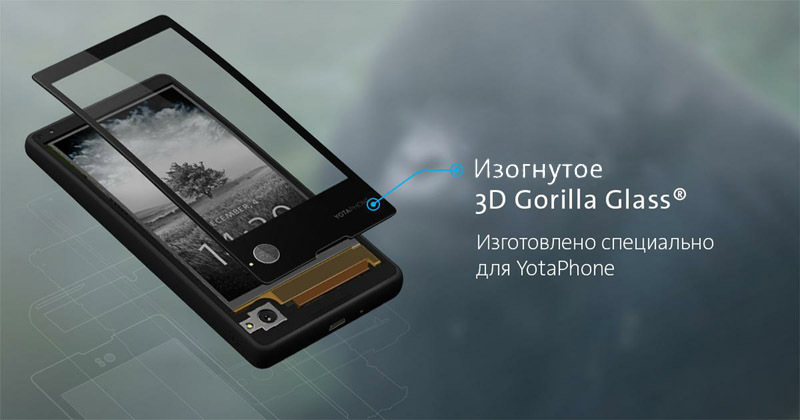
Hello, Habr. We often write about second displays in our smartphones, about the benefits they bring and their unique experience. But any modern high-quality smartphone, especially having two displays, today is unthinkable without a reliable protective glass. In this sense, Corning, a manufacturer of protective glass under the Gorilla Glass brand, has become a kind of standard. And if you won’t surprise anyone with its presence in a good smartphone, tablet or laptop, then the first YotaPhone and YotaPhone 2, which is about to be launched soon, will use unique curved Gorilla Glass, made by special order.
The popularity and widespread prevalence of Gorilla Glass almost made the name of this brand a household name. Like "felt-tip pen", "thermos", "jeep" andmany others . But if those companies that were the first to market products under their own brand were usually awarded this honor, then the popularity of Gorilla Glass is associated with the excellent protective properties of this glass.
Corning's many years of research have enabled the development of glass manufacturing technology that is highly scratch and impact resistant and highly flexible.
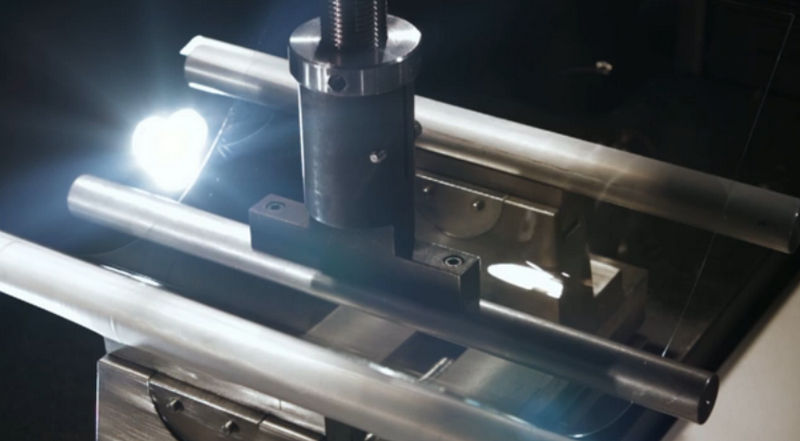
Process technology
The manufacturing process proceeds as follows. The molten glass mass is poured into a gutter called an “isotipe”. The gutter is filled until the molten mass begins to evenly overflow on both sides. Flowing around the gutter, both streams converge at its lower point, from where they merge downward, cooling and forming a thin sheet of glass, with a thickness measured in microns. At this stage, no physical contact with tools and equipment is allowed so that defects do not form on the surface.
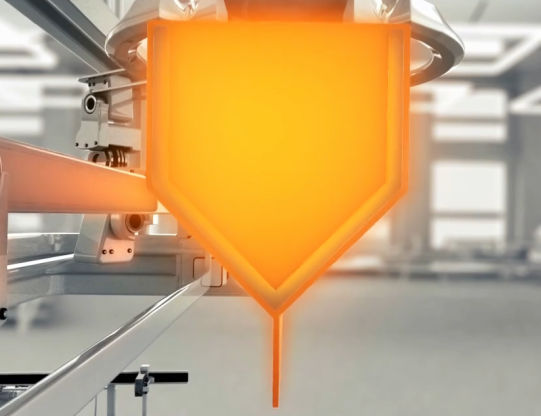
After cooling, blanks are cut from glass sheets and are chemically treated. To do this, they are placed in bathtubs filled with molten salt at a temperature of 400 degrees Celsius. An ion-exchange process begins, during which sodium ions in the surface layer of glass are replaced by potassium ions. Since they are larger than sodium ions, when cooled, the surface layer becomes denser, and a compressive stress arises in it. Thanks to this, the glass acquires a highly hard surface resistant to mechanical stress.
Surface curvature
YotaPhone was the first device to use curved Gorilla Glass. In the first generation of the smartphone, Gorilla Glass 2 is 0.7 mm thick, and in the second generation - Gorilla Glass 3. At the same time, curved glasses specially made for us are used to protect the second display. Earlier we talked about the fact that the “standard” Corning manufacturing process involves the smelting of exceptionally flat sheets of glass.
Bending of glass blanks is given at the production of the partner company Biel Crystal. They receive large sheets from Corning, after which they are chemically etched to give anti-glare properties, they cut blanks, heat them up and shape them. At the end, an oleophobic coating is applied.
In turn, a touch film is applied at our production. This is a rather non-trivial task, given the curvature of the surface, but we managed to cope with the difficulties that arose.

Thoughts about the future
For all its advantages, Gorilla Glass, like any other protective glass, reflects to some extent the surrounding space, especially light sources, which can create inconvenience when working with gadgets. This summer, the results of experiments to create glass with an anti-reflective and super-hydrophobic surface were published. Moreover, partly these studies were funded by the same company Corning.
The idea is this: first, a mask of polymer microparticles is applied to the glass surface. After that, they are treated with a mixture of hydrofluoric and sulfuric acids, which etch the surface through the holes formed after applying the polymer mask. As a result, microroughnesses from 1 to 100 microns in length and from tens to hundreds of nanometers in height are formed.
Then an ultrathin (4-8 nm) layer of copper is sprayed onto the glass surface, which repeats the microrelief formed as a result of etching. Then the glass is heated for 95 seconds at a temperature of 750 degrees Celsius, as a result of which copper is collected in nanodroplets randomly scattered on the surface of the glass irregularities. The thicker the copper layer was deposited, the larger the droplets are formed and the lower their number per unit area.
Then the glass is subjected to reactive ion etching , due to which on the surface nanostubes are formed on average 50-200 nm high and 100 nm across. After that, the metal layer is removed from the glass.

As a result of all these steps, an anti-reflection micro- and nanorelief is created on the glass surface.
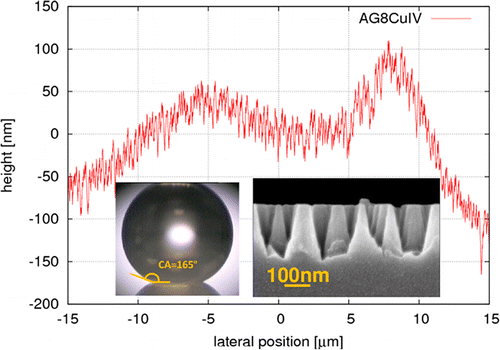
The resulting glass has much higher optical properties due to the low reflectivity. You can also give it a superhydrophobic property by applying a layer of silicon hydride fluoride.
In combination with the mechanical properties of Gorilla Glass, it would be an ideal glass for use in gadgets. But it’s too early to talk about the commercial application of the above process, since a lot of research is required. For example, it is not yet clear how such a texture will be resistant to mechanical stress, how durable it will be. Will she be able to survive this?
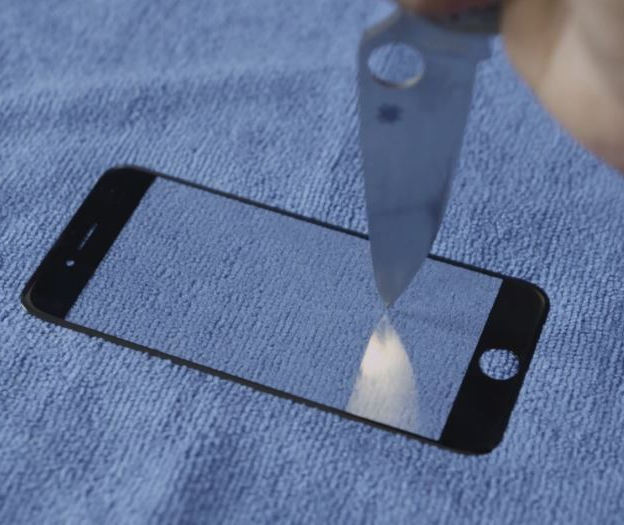
How compatible is such glass with a touch screen layer? Will such texturing worsen the heat transfer properties of glass? There remain a lot of questions for which answers are required to conduct a large amount of research and testing. In any case, the search for effective and reliable anti-reflective technology for safety glasses goes in different directions.
